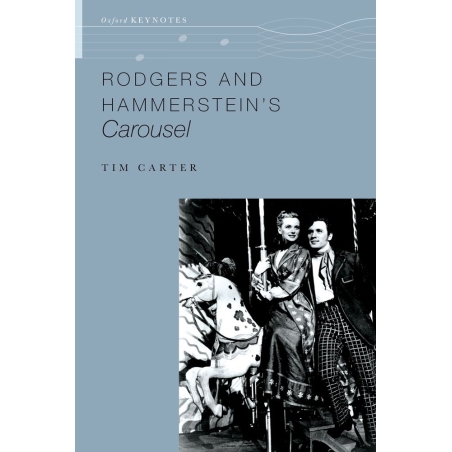Carousel (1945) was Rodgers and Hammerstein's second collaboration following their hugely successful Oklahoma! (1943). Based on Ferenc Molnar's play, Liliom (1909), it took Broadway musical theater in far darker directions given its subject and extensive music. Here we discover how it came about, and what it was trying to achieve.
CONTENTS
Contents
Acknowledgments
Sources and permissions
List of illustrations, tables, and music examples
1: Carousel in Context
2: Molnar's Liliom: From Budapest to Broadway (and Beyond)
Three film versions
The Theatre Guild, American musical theater, and a would-be Carousel
Molnar sees Oklahoma!
3: Creating Carousel
Some dilemmas
Hammerstein's draft scenario
Casting, rehearsals, and tryouts
4: A Duet, a Soliloquy, and a Ballet
The Bench scene
Soliloquy
Louise's Ballet
5: The Problems of an Ending
Up or down?
A post-war message
6: From Stage to Screen (and Back)
The search for American opera
Carousel on film
Restoring Carousel
Appendix: Hammerstein's Scenario for Carousel
Further Reading, Listening, and Viewing
Notes
Index




